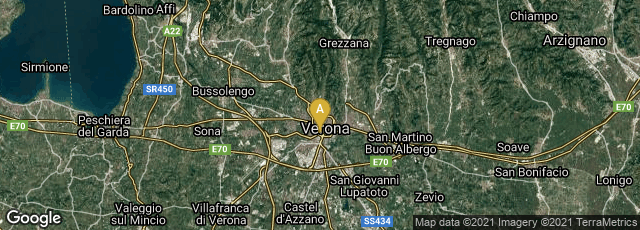

The Rossi Codex, written circa 1370, contains 37 secular musical works including madrigals, cacce and, uniquely among trecento sources, monophonic ballatas. For many years it was considered the earliest source of fourteenth-century Italian music, and although other pre-1380 sources of secular, polyphonic, Italian music have more recently been identified, none are nearly so extensive, even though only 18 folios of the original 32 in the manuscript survive.
"The largest part of the Rossi Codex is currently in the Vatican Library . . . This section comprises seven bifolios, ff. 1–8 and ff. 18–21. In the early nineteenth century, it was in the possession of Italian collector Giovan Francesco de Rossi, for whom this manuscript and the collection in the Vatican is named. In 1857 his widow gave the manuscripts to the Jesuit library in Linz, later transferred to Vienna. . . . In 1922, the Jesuits gave the collection to the Vatican. The manuscript was first brought to the attention of the musical community by Monsignor Gino Borghezio in 1925 and then described in more depth by the musicologists Heinrich Besseler (1927), Friedrich Ludwig (1928), and Johannes Wolf (1939). Although all three of these scholars contended that the manuscript, like most of the surviving trecento sources, was Florentine, the Italian scholars Ferdinando Liuzzi, Ugo Sesini, and Ettore Li Gotti noted that linguistic evidence in the texts pointed to northern Italy, and the Veneto in particular as more likely point of origin. Most recently, Pirrotta has asserted a specific origin in Verona on the basis of symbols in the codex's works.
"The source's whereabouts prior to Rossi's possession are unclear. . . .
"A smaller section of the manuscript is in the library of the Fondazione Greggiati in Ostiglia (Biblioteca musicale Opera Pia "G. Greggiati"). . . . These two bifolios were discovered by Oscar Mischiati in 1963. Since the folios did not appear in any library catalogs prior to 1963, and since the folios show evidence of having been folded, they were likely used as covers or cover reinforcements for other volumes" (Wikipedia article on Rossi Codex).
The manuscript is identified in the Vatican Library as Ross.215. Digital facsimile from digi.vatlib.it at this link